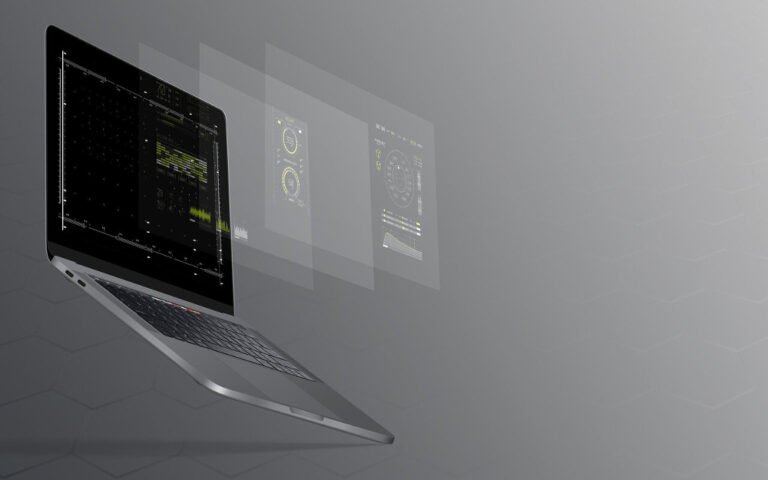What are the innovations in robotics in 2025?
Wondering what advances will shape robotics in 2025? This booming sector is revolutionizing our daily lives with fascinating speed. Advances combine artificial intelligence and cutting-edge engineering. Explore this world where technology is pushing all boundaries.

What progress has been made in artificial intelligence?
Artificial intelligence is boosting robotics with unprecedented capabilities. Robots leverage sophisticated algorithms to interpret complex environments in real time. Specialized AI platforms are developing autonomous systems for specific missions, such as logistics optimization. For example, warehouse robots deliver remarkable efficiency, reducing costs by 20%, according to a recent study. Advances in machine vision are perfecting obstacle detection, making machines more versatile. Increased adaptability is transforming their use. These innovations open up promising prospects.
Human-machine interfaces are advancing thanks to conversational AI. Assistant robots deployed in hospitals understand complex voice instructions, streamlining their integration. Researchers are optimizing neural networks for near-instantaneous decisions. Natural interaction with machines is becoming commonplace, fostering their mass adoption. Environments such as customer service departments are benefiting greatly. An intuitive approach is redefining usage. Stay tuned for these transformations to grasp their scope.
Human-robot collaboration, advocated by experts such as AI Robotics, is intensifying with intelligent cobots. These machines adapt their movements to human gestures, minimizing risks in the workplace. Factories are employing them for repetitive tasks, freeing up time for creative missions. Advances in AI enable personalized, user-centric interactions. A harmony between humans and robots is emerging. These developments are reshaping professional spaces. Anticipate these changes to stay competitive.
How is robotics revolutionizing healthcare?
Robotics is transforming medicine with tools of unparalleled precision. Surgical robots, equipped with ultra-thin arms, assist practitioners during delicate procedures, such as heart surgery. Their accuracy, with a 95% success rate, improves outcomes, according to recent data. Rehabilitation robots guide patients toward motor recovery after strokes. Their consistency accelerates progress. Reliable technology saves lives. These advances are redefining care.
Disinfection robots, using UV rays, quickly sterilize medical spaces. Since the pandemic, their role in reducing hospital infections has become increasingly evident. Facilities are adopting delivery robots to deliver medications and meals, relieving staff. One study indicates that 70% of hospitals equipped with them are becoming more efficient. These solutions optimize human resources. Dedicated healthcare robotics improves the patient experience. Discover these innovations to understand their impact.
Telemedicine benefits from autonomous robots equipped with advanced sensors. These devices enable remote consultations, even in remote areas. Patients can access accurate diagnoses without having to travel. Engineers are integrating 5G for optimal connectivity. Increased accessibility is transforming access to care. These advances are democratizing medicine. Follow these developments to gauge their global reach.
What developments in industrial automation?
Industry is embracing ever-more powerful robots. Robotic arms, equipped with precise sensors, perform complex tasks, such as assembling electronic parts. Their accuracy reduces errors by 30%, according to industry reports. Connected factories synchronize networks of robots for seamless production. This coordination boosts productivity. Intelligent automation strengthens competitiveness. These advances transform processes.
Autonomous mobile robots ( AMRs) are redefining industrial logistics. Navigating without fixed infrastructure, they transport goods within vast warehouses. Their adoption, expected to increase by 60% by 2025, is attracting retail leaders. Integrated predictive maintenance systems anticipate malfunctions, limiting downtime. Increased reliability supports operations. These innovations optimize industrial flows. Explore these trends to stay ahead of the curve.
Custom manufacturing is becoming more flexible. Programmable robots adapt to specific customer requests, meeting expectations for customization. SMEs are adopting these technologies to compete with major players. Intuitive interfaces facilitate rapid machine reprogramming. Unprecedented agility is energizing the sector. These developments are reshaping business models. Anticipate these opportunities to thrive.





